How to tell Raw Hair and Non-Raw Hair
A Simple Guide
In the hair industry today, many sellers claim to offer high-quality hair but often use non-raw hair instead of genuine raw hair. Understanding the differences between these two types is crucial for making informed purchasing decisions. Here’s a simple guide to help you distinguish between raw and non-raw hair.
Non-Raw Hair
1. Multiple Donors
Non-raw hair is not sourced from a single donor. Instead, it is collected from various places, often gathered from the ground. This means the hair is a mix from thousands of different individuals, resulting in a lack of uniformity.
2. Dirty with Split Ends
Non-raw hair is usually very dirty when collected. It often hasn't been cleaned or treated beforehand, leading to a product that may contain dust, dirt, and other impurities. Additionally, this type of hair tends to have split ends due to rough handling and lack of care.
3. Frizzy, Weak, and Shedding
Non-raw hair is typically frizzy and weak, displaying a variety of hues. It requires intense chemical treatment to make it soft. Such harsh processing compromises the hair’s quality and resilience, making it more prone to shedding, tangling, and frizzing.
Raw Hair
1. Single Donor
Raw hair is harvested directly from a single donor. Each bundle is cut straight from an individual, ensuring uniformity in texture, color, and quality. The cuticles are kept intact and aligned in one direction, reducing tangling and enhancing the hair's longevity.
2. Healthy and Strong
Raw hair is naturally healthy and robust. Since it comes from a single donor and isn’t subjected to harsh chemical treatments or extensive processing, it retains its natural strength and vitality. This hair is typically very soft, smooth, and vibrant, with few or no split ends.
3. Durability
Raw hair is generally more durable and long-lasting due to its natural state. It can withstand heat styling and chemical treatments better than processed hair, maintaining its quality over time.
Conclusion
In the end, the quality of the hair material is what determines these key differences. Knowing how to identify raw versus non-raw hair can help you make better choices and ensure you get the high-quality hair you’re paying for. Always look for single-donor, healthy, and robust raw hair for the best results.


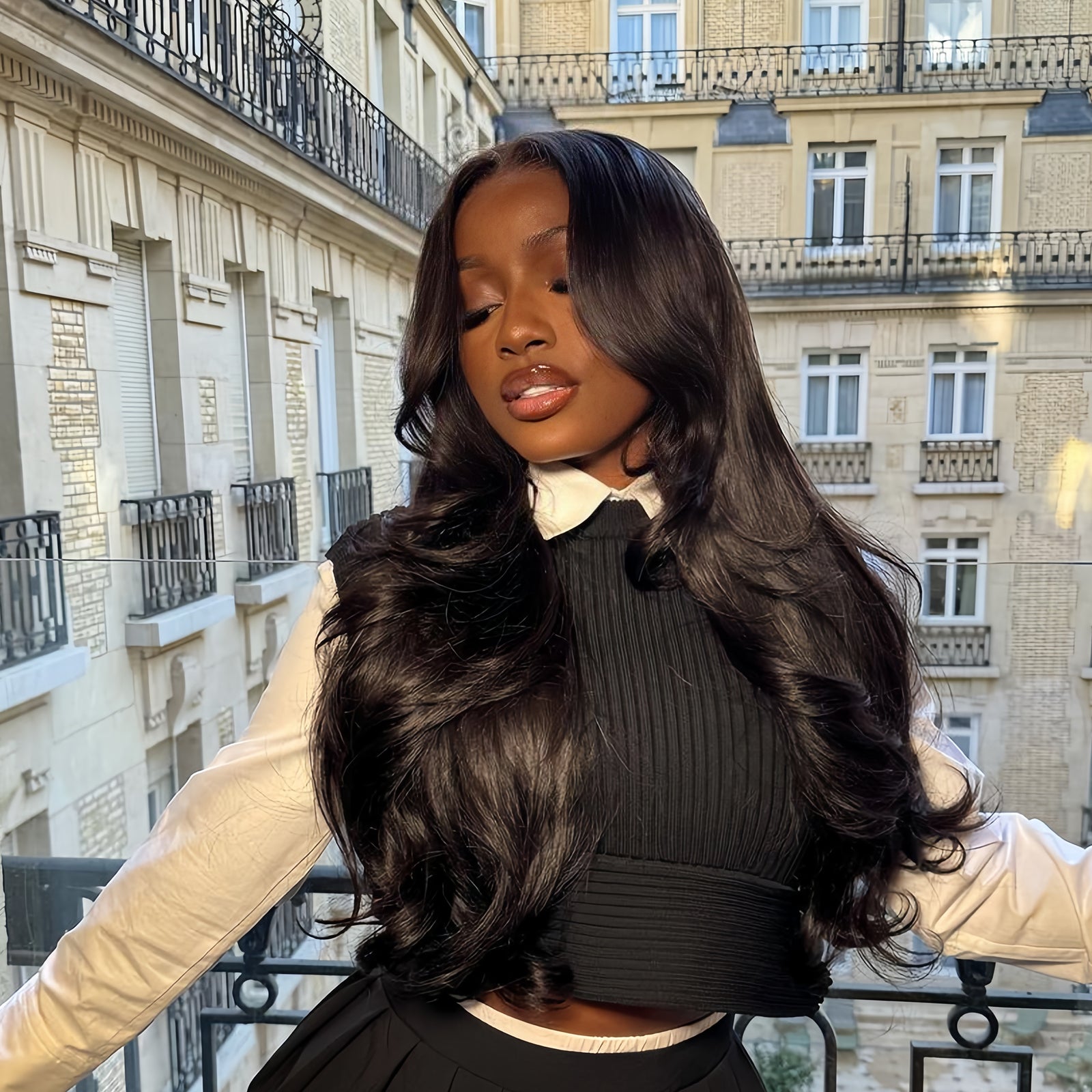

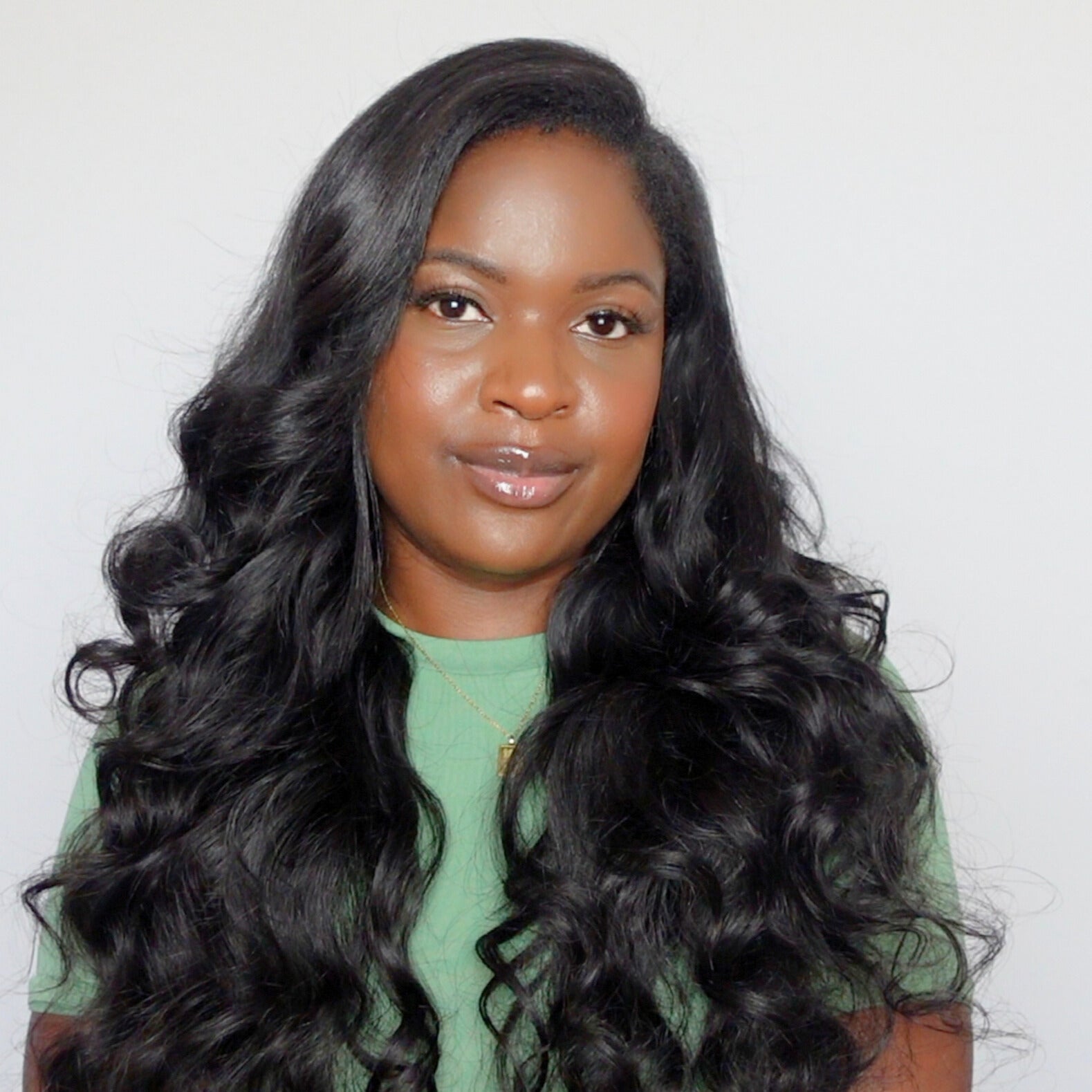
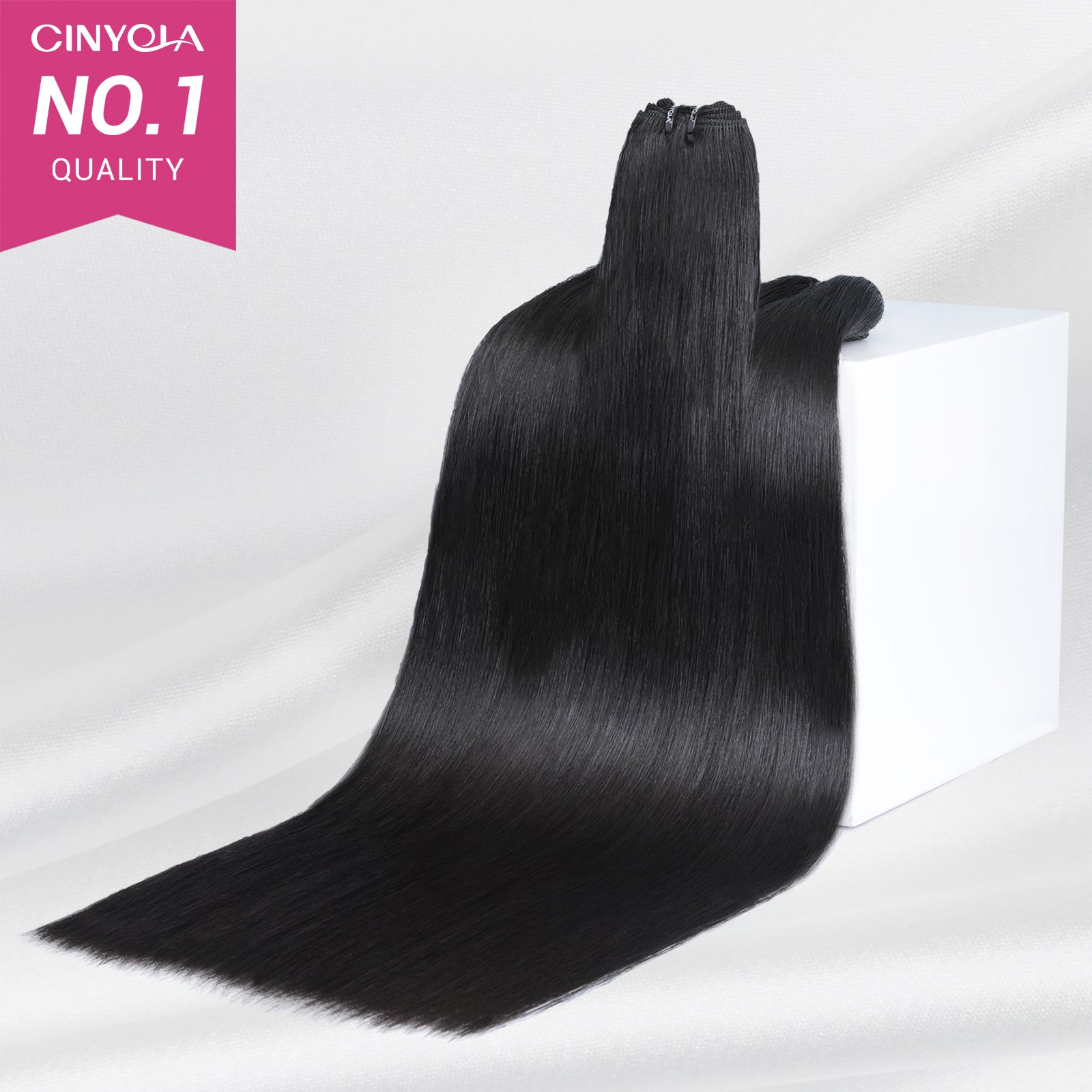
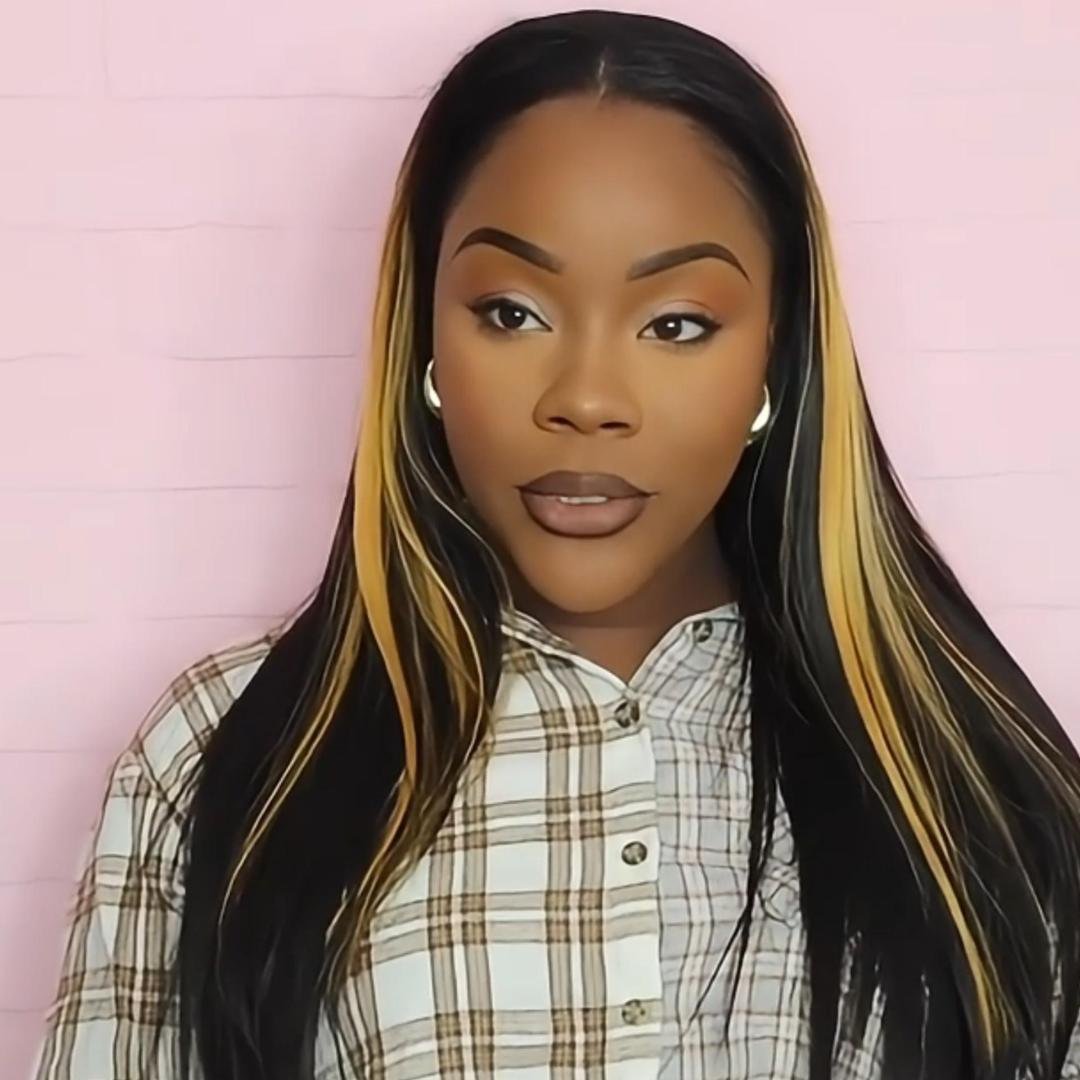



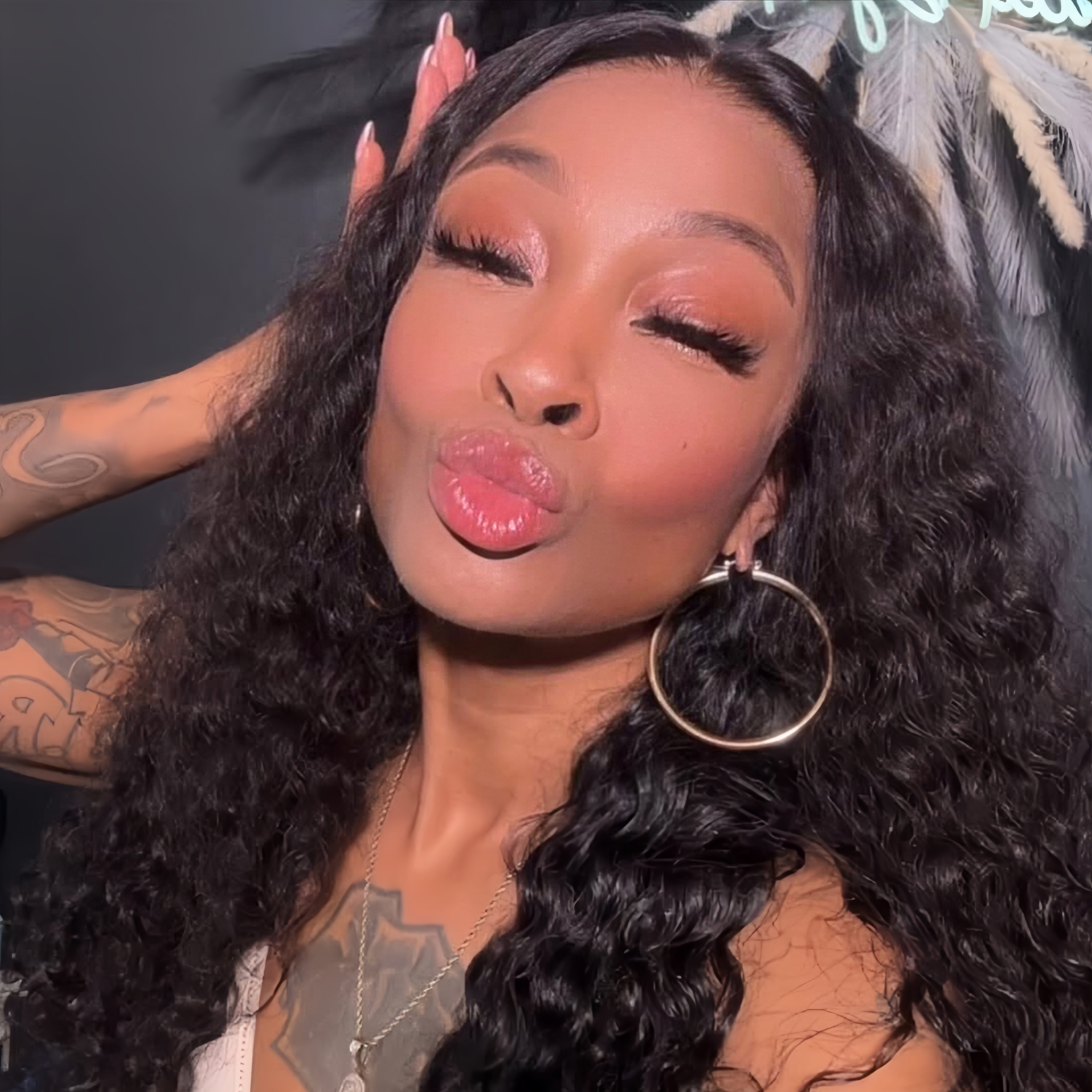


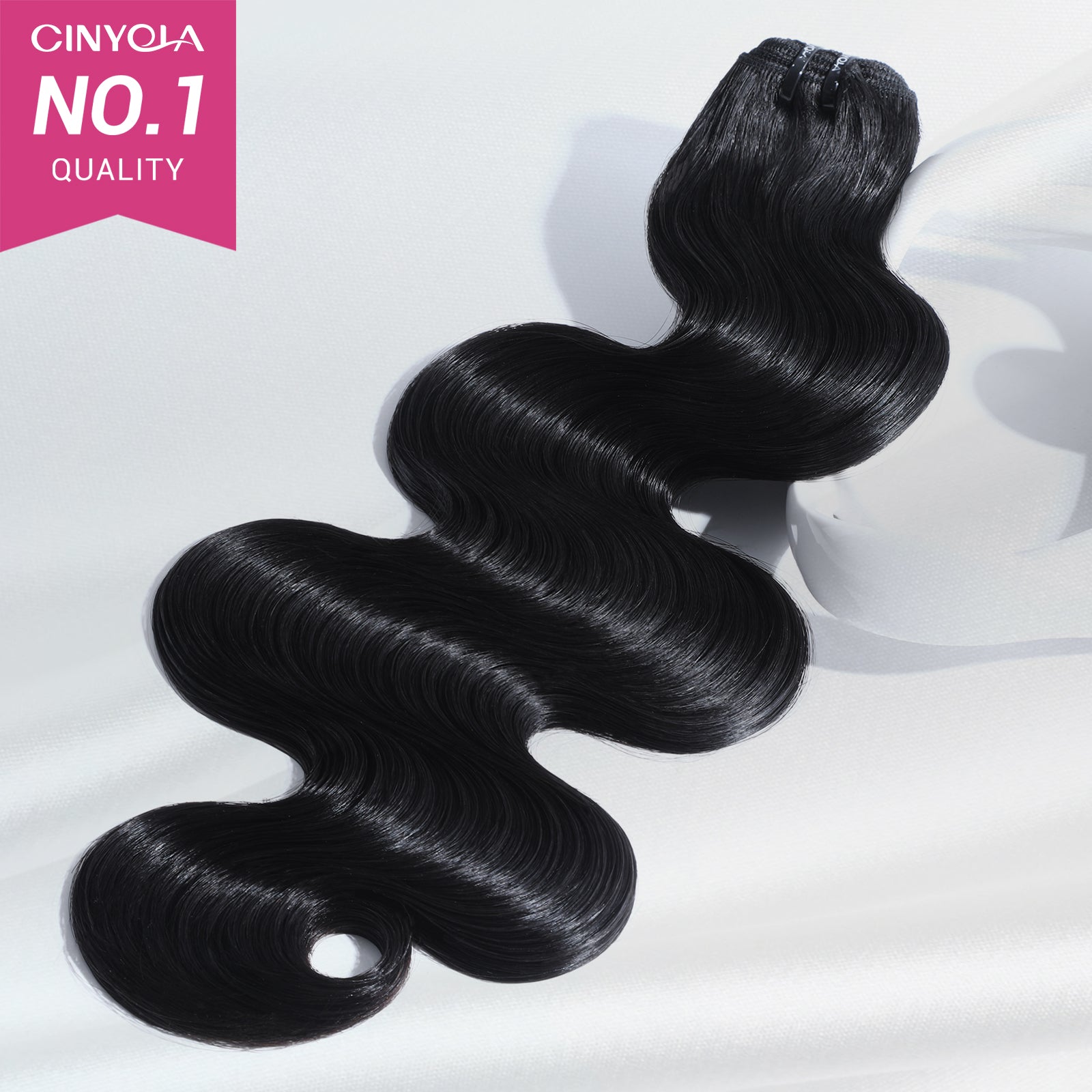
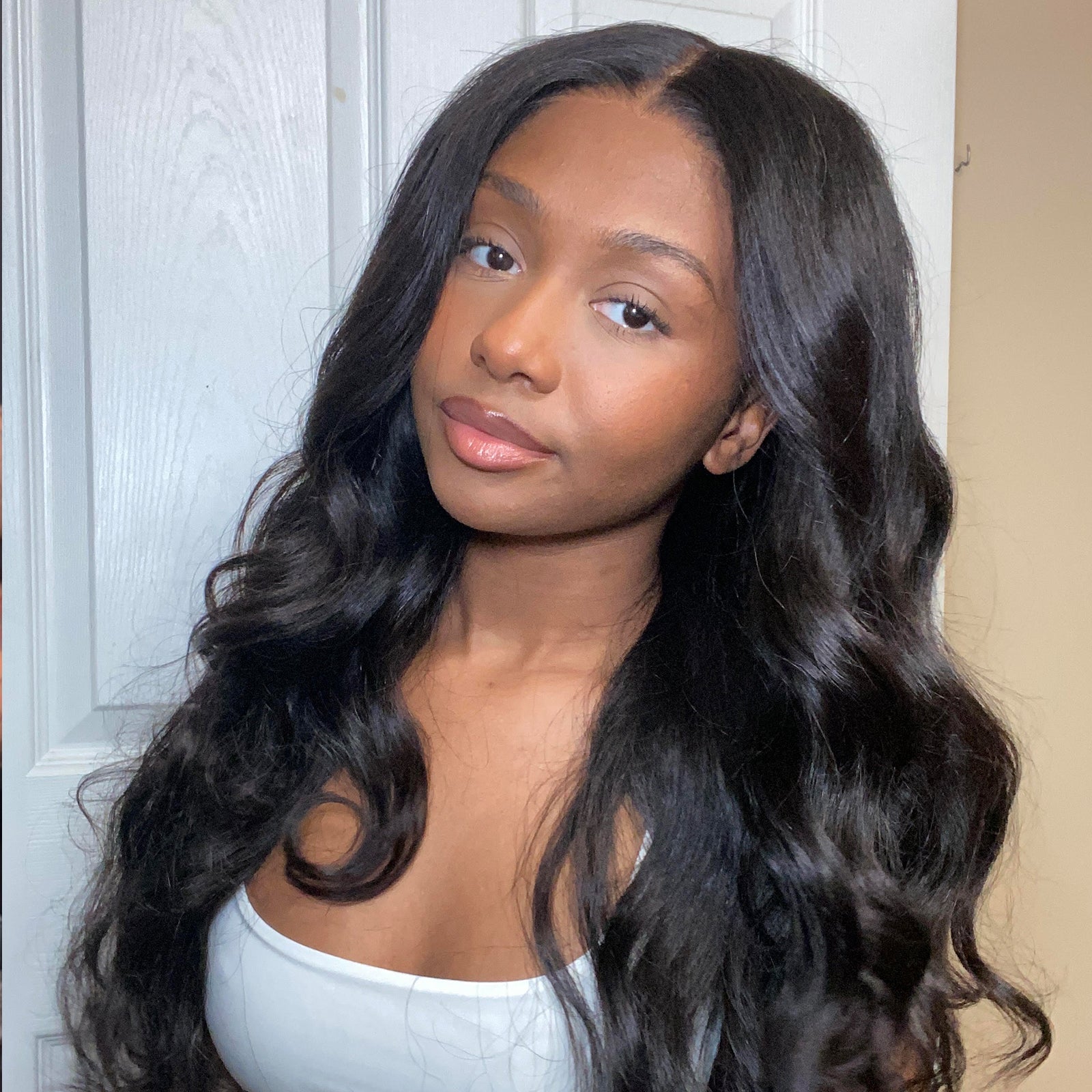

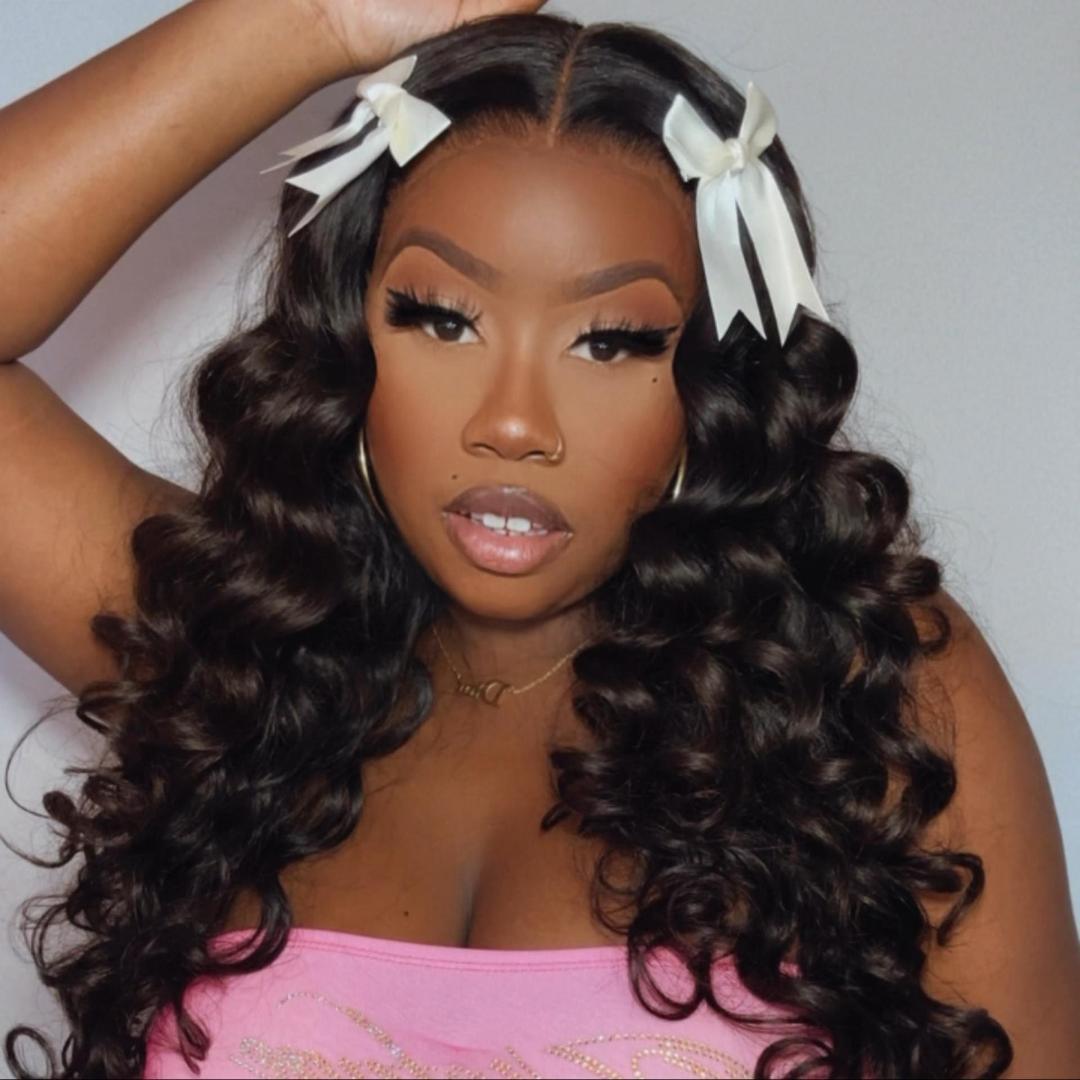
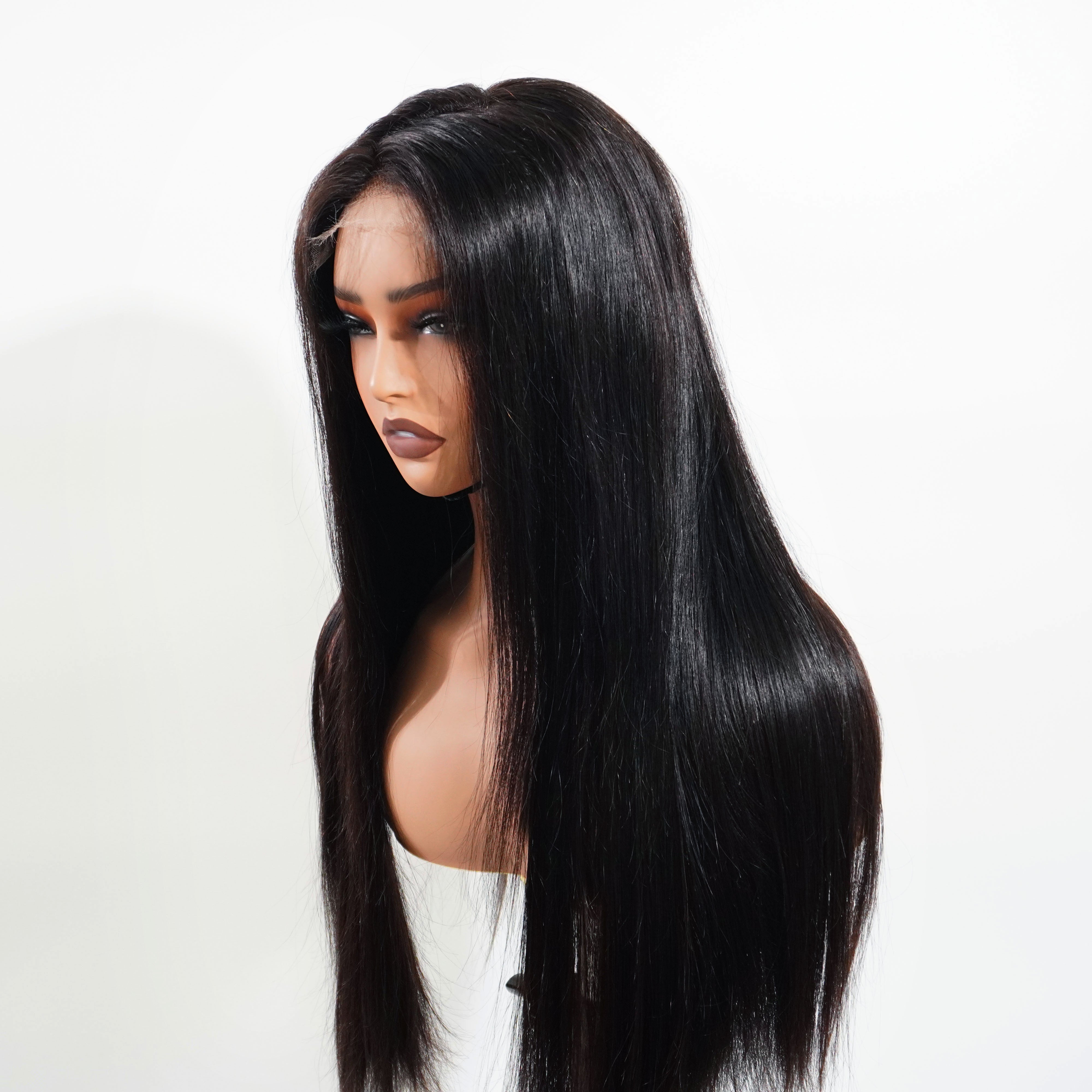


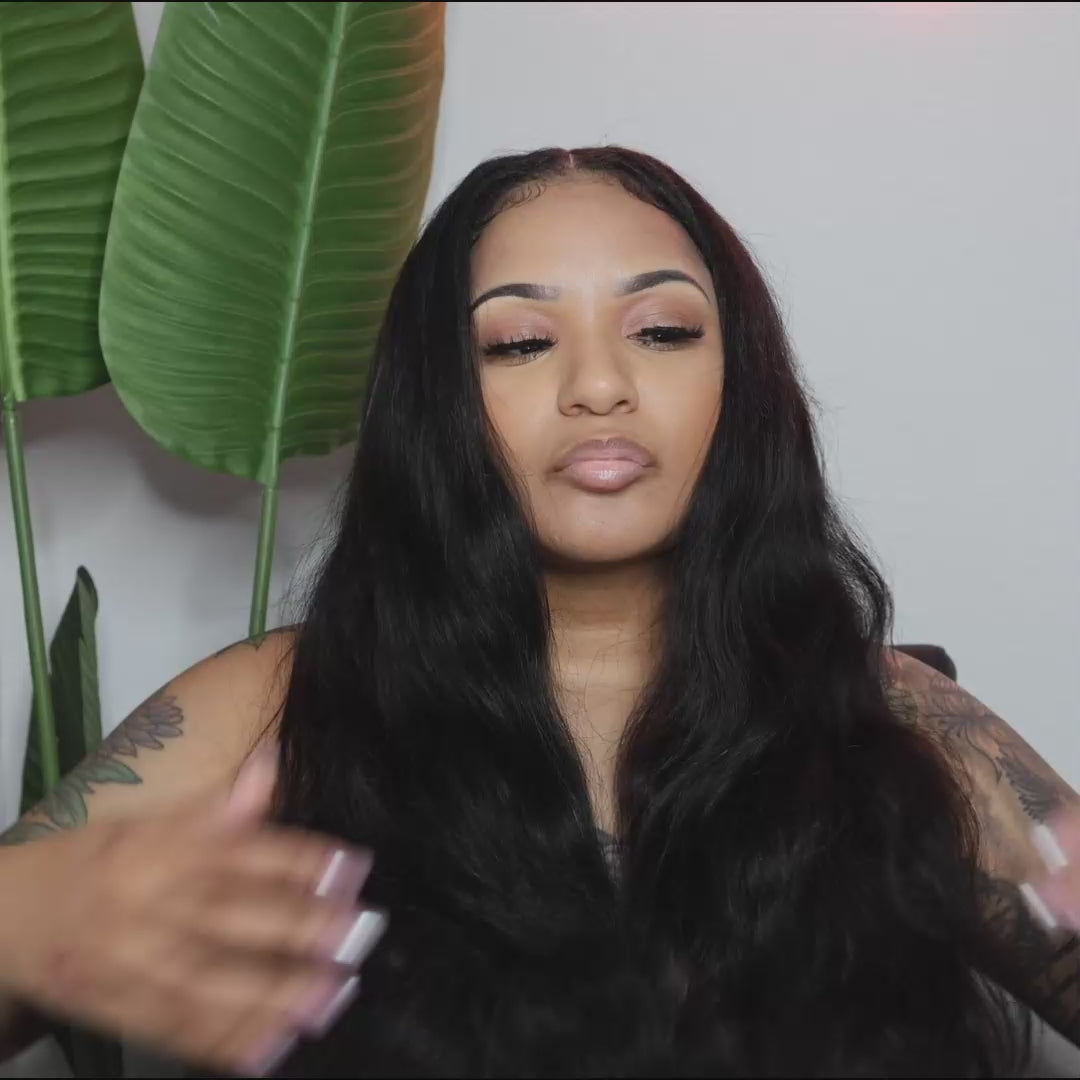





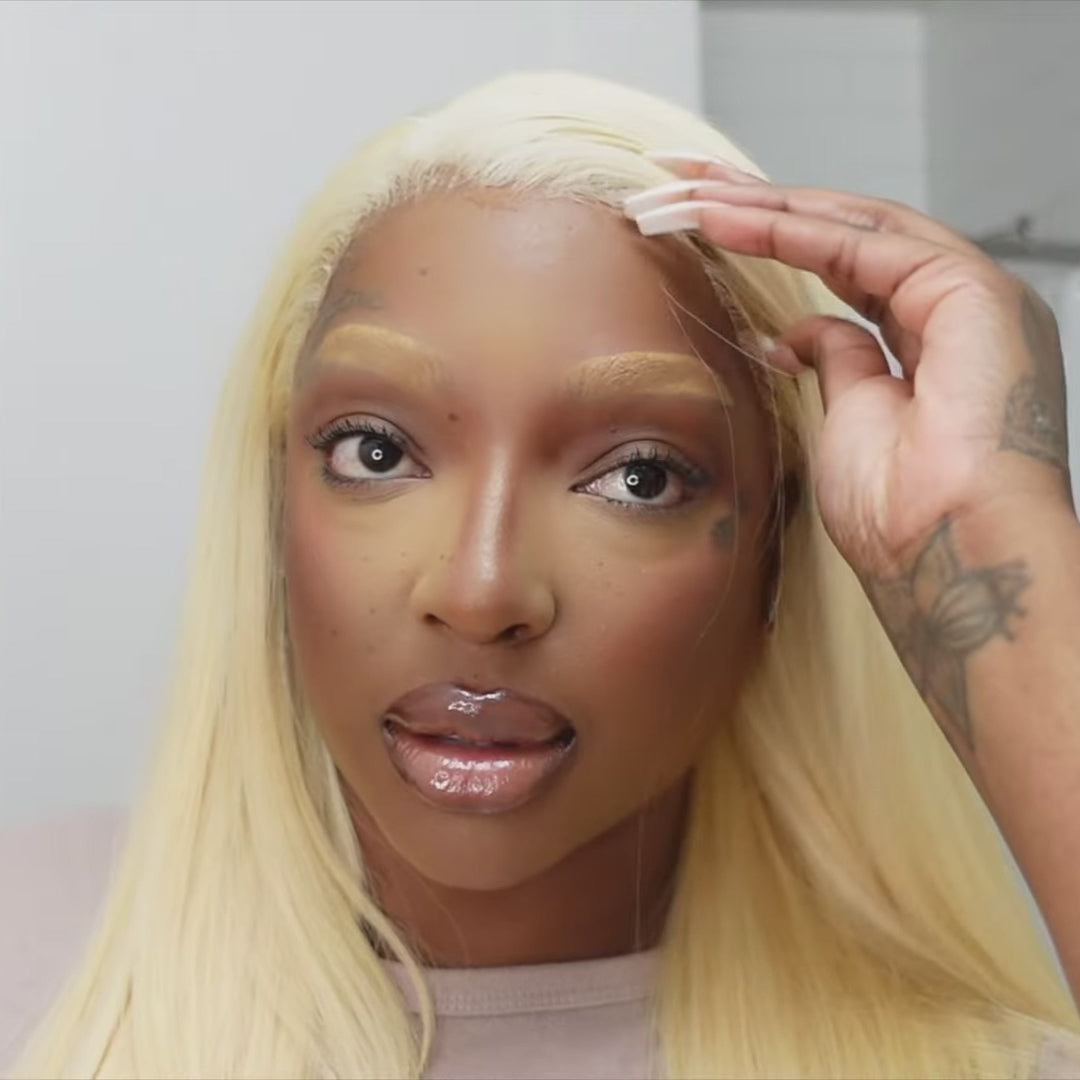
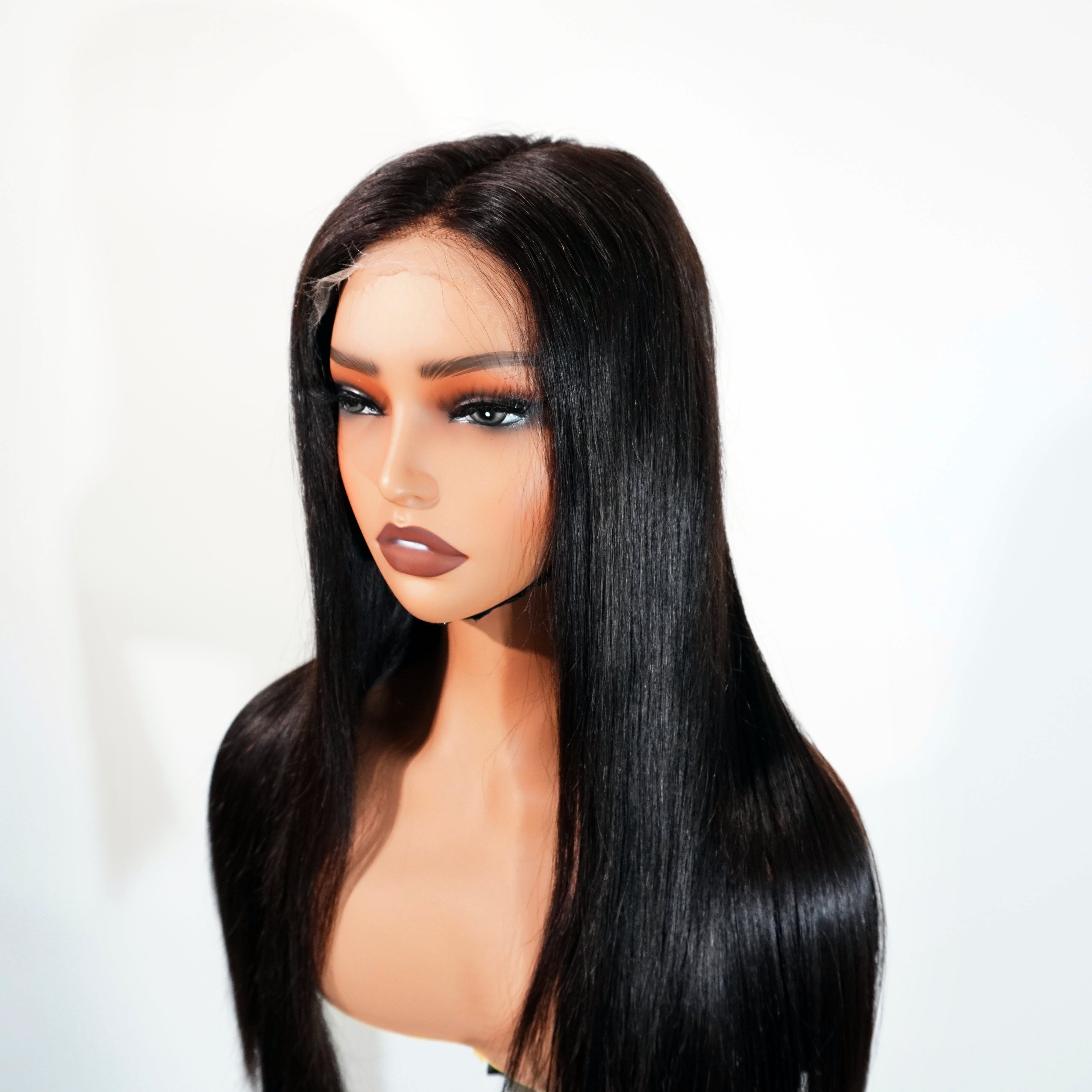

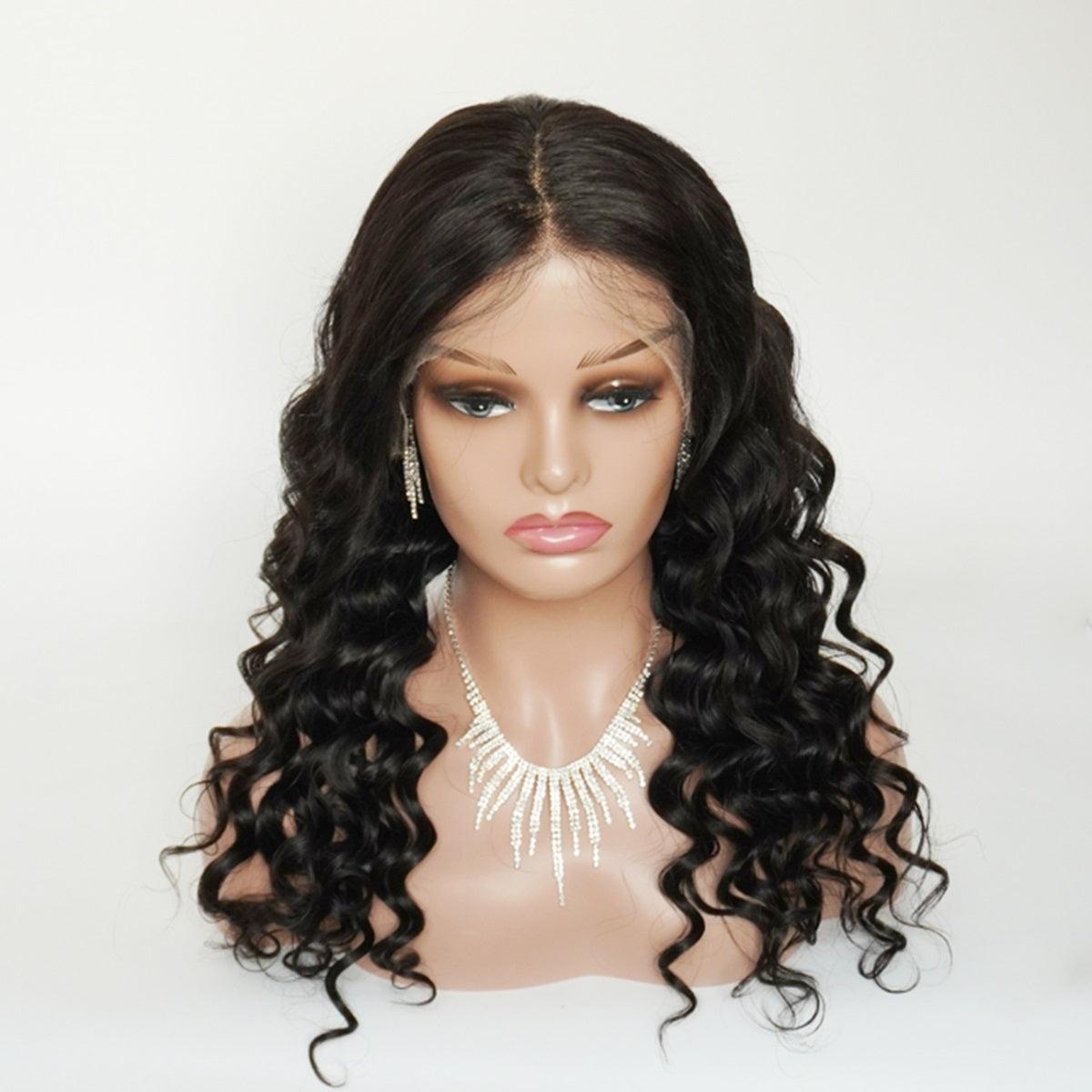

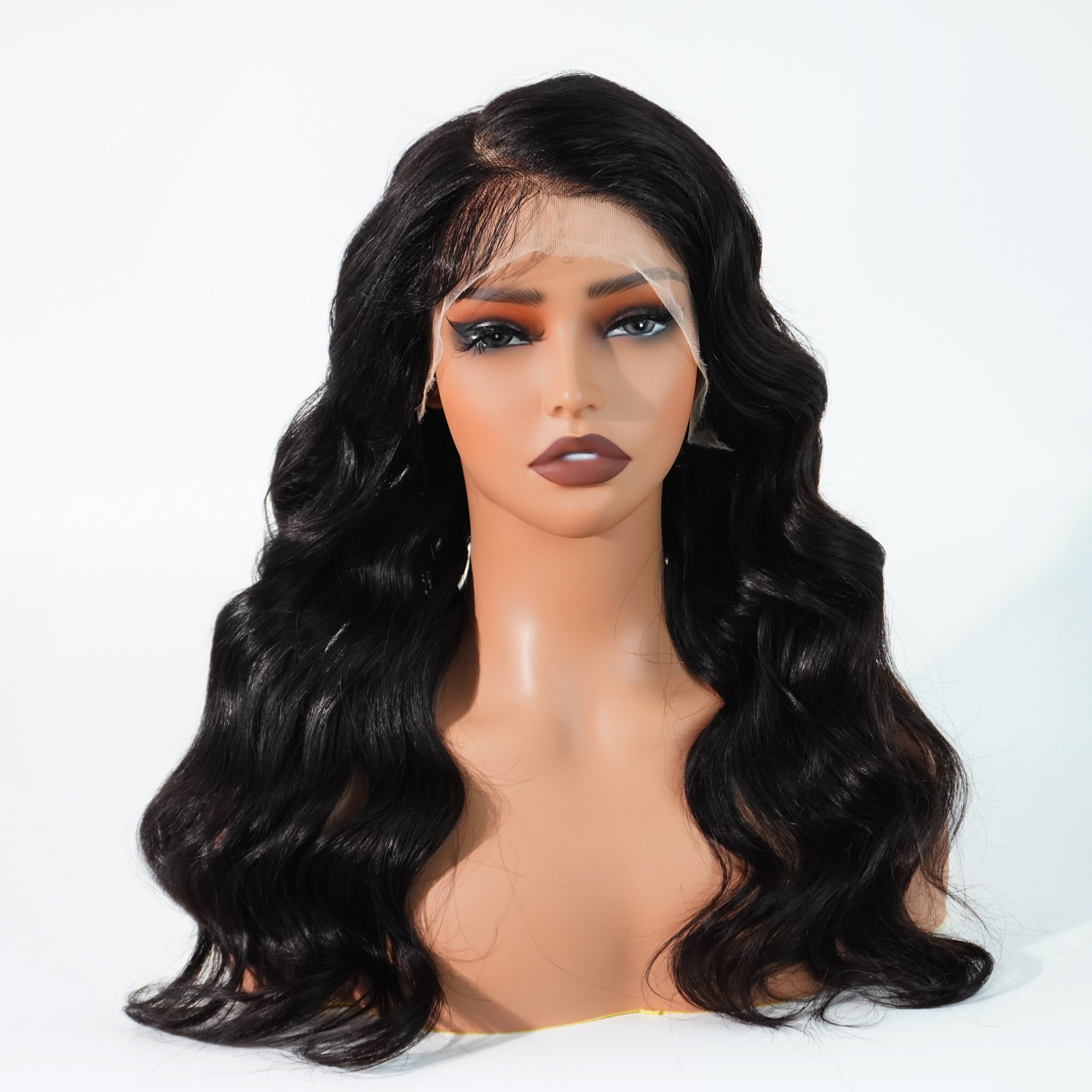
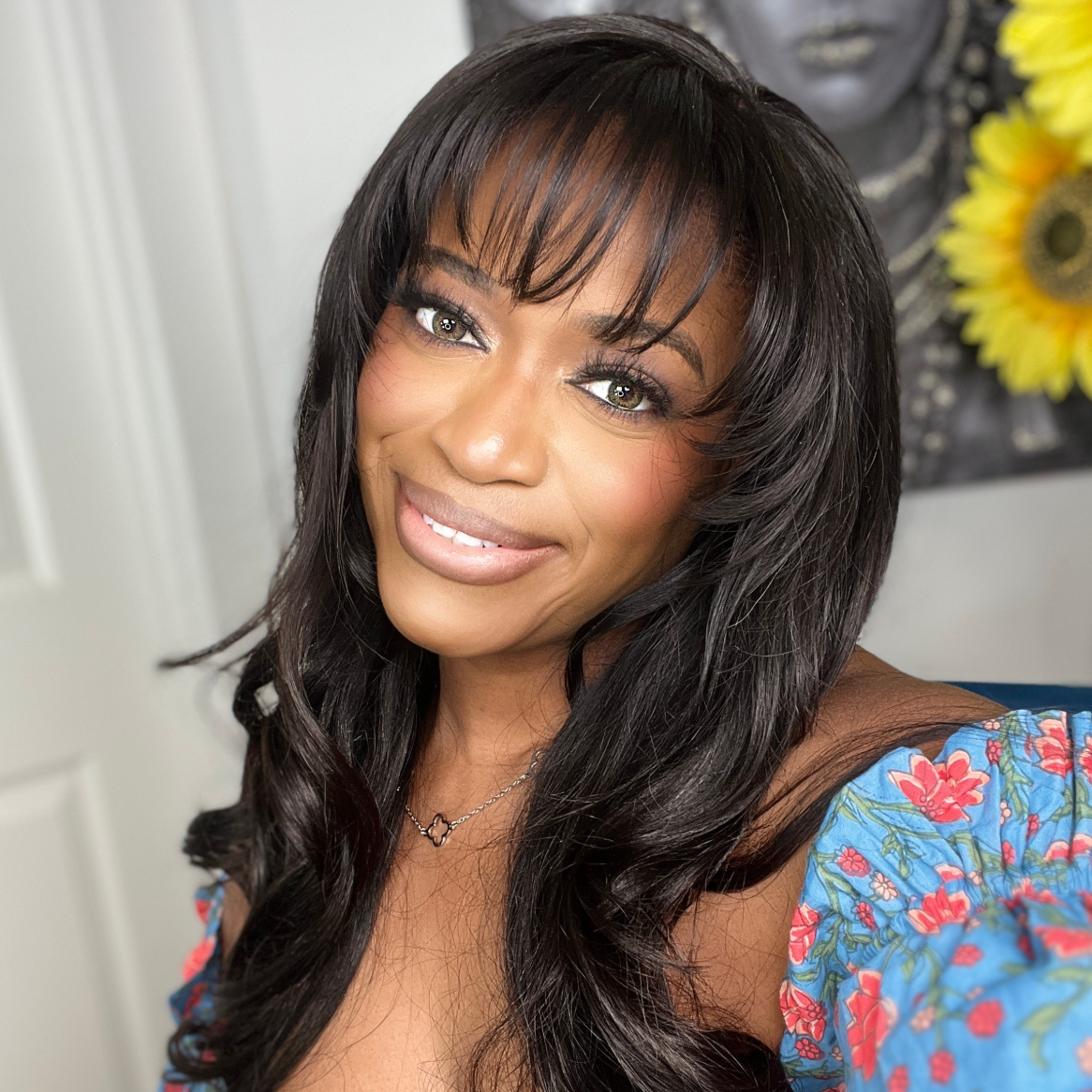
Leave a comment
This site is protected by hCaptcha and the hCaptcha Privacy Policy and Terms of Service apply.